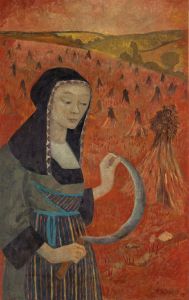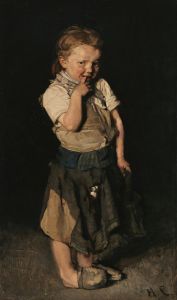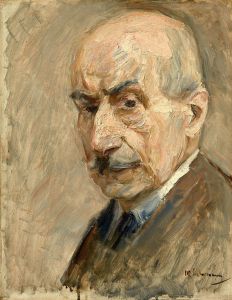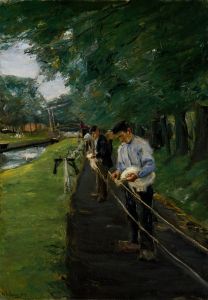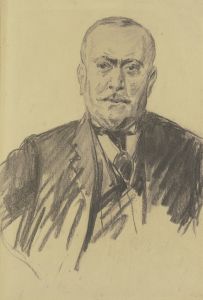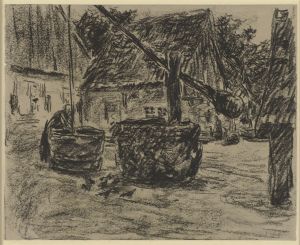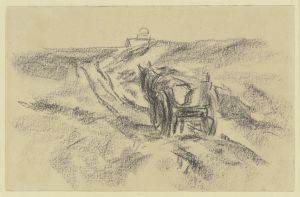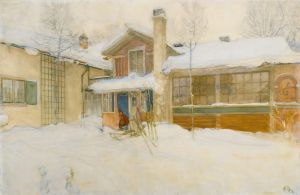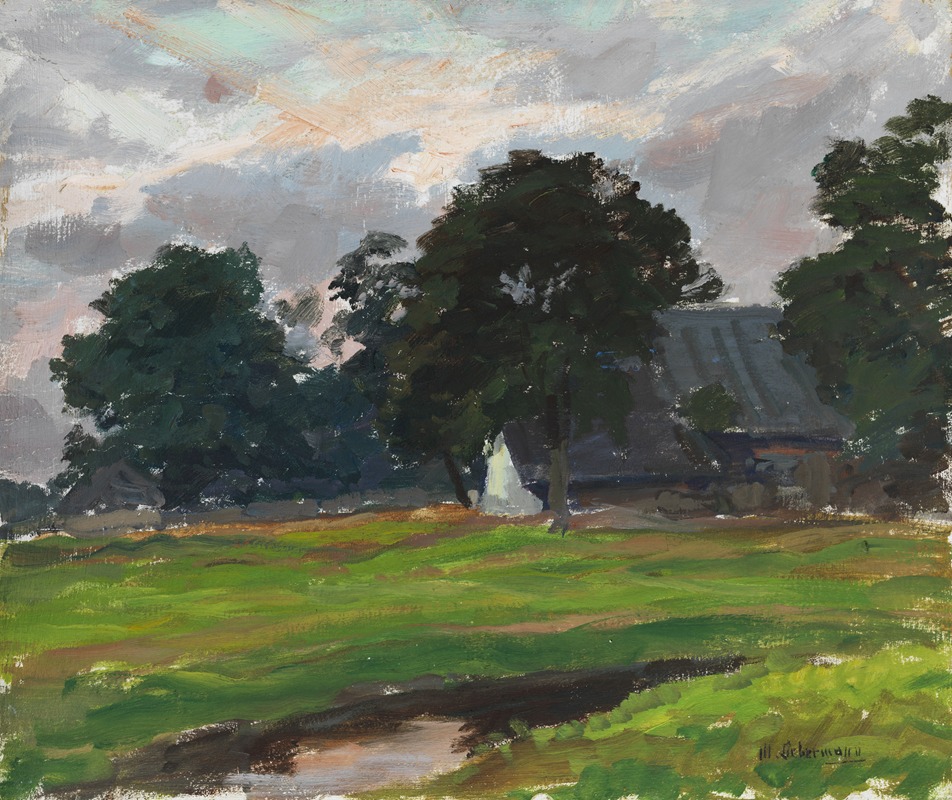
Holländisches Bauernhaus
A hand-painted replica of Max Liebermann’s masterpiece Holländisches Bauernhaus, meticulously crafted by professional artists to capture the true essence of the original. Each piece is created with museum-quality canvas and rare mineral pigments, carefully painted by experienced artists with delicate brushstrokes and rich, layered colors to perfectly recreate the texture of the original artwork. Unlike machine-printed reproductions, this hand-painted version brings the painting to life, infused with the artist’s emotions and skill in every stroke. Whether for personal collection or home decoration, it instantly elevates the artistic atmosphere of any space.
Max Liebermann's painting Holländisches Bauernhaus (translated as Dutch Farmhouse) is an artwork created by the renowned German painter Max Liebermann (1847–1935), a leading figure in the German Impressionist movement. Liebermann is celebrated for his depictions of everyday life, landscapes, and rural scenes, often characterized by their naturalistic and light-filled compositions.
The painting Holländisches Bauernhaus reflects Liebermann's deep admiration for Dutch culture and landscapes, which he frequently explored during his travels to the Netherlands. Liebermann was profoundly influenced by the Dutch Golden Age painters, such as Frans Hals and Rembrandt, and their ability to capture the simplicity and beauty of rural life. His visits to the Netherlands provided him with inspiration for many of his works, including this piece.
In Holländisches Bauernhaus, Liebermann portrays a quiet rural scene featuring a farmhouse in a Dutch countryside setting. The painting is notable for its use of light and shadow, which creates a sense of atmosphere and depth. Liebermann's brushwork is loose yet deliberate, a hallmark of his Impressionist style, which emphasizes the play of light on surfaces and the natural textures of the environment. The composition captures the tranquility of rural life, a recurring theme in Liebermann's oeuvre.
The exact date of the painting's creation is not definitively documented, but it is consistent with Liebermann's body of work from the late 19th to early 20th century, a period during which he frequently painted scenes of Dutch rural life. This painting exemplifies Liebermann's ability to merge his academic training with the freer, more spontaneous techniques of Impressionism.
Holländisches Bauernhaus is part of Liebermann's broader exploration of rural and working-class themes, which he approached with empathy and a focus on the dignity of everyday life. His works often avoided romanticizing their subjects, instead presenting them with a sense of realism and authenticity.
As with many of Liebermann's works, the painting has been exhibited in various collections and exhibitions dedicated to his art. However, specific details about its current location or ownership are not readily available in public records.
Max Liebermann remains a pivotal figure in German art history, and his works, including Holländisches Bauernhaus, continue to be appreciated for their artistic merit and their ability to capture the essence of a time and place with sensitivity and skill.





